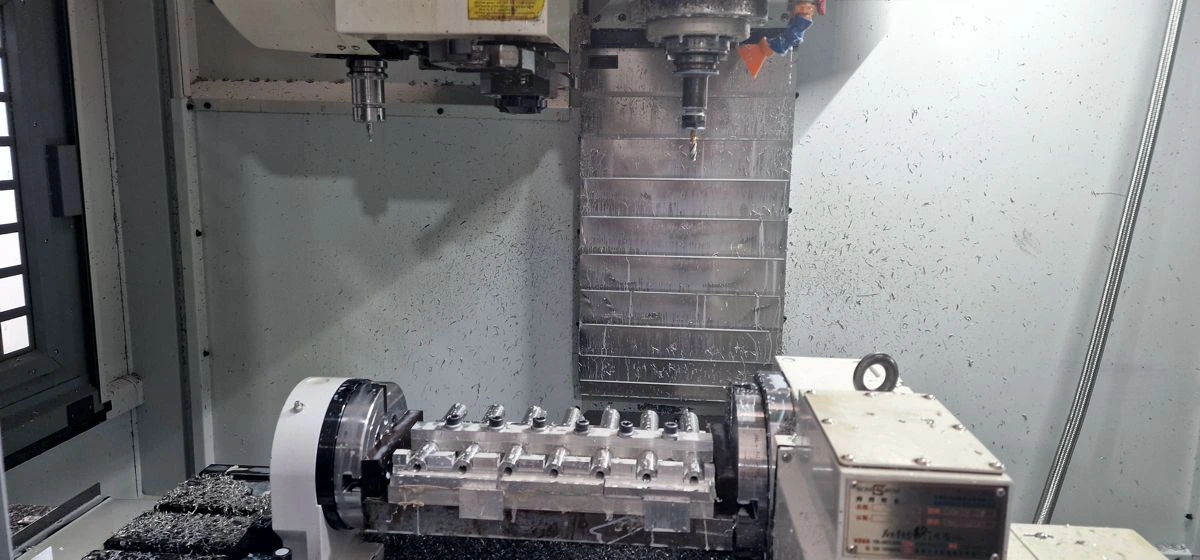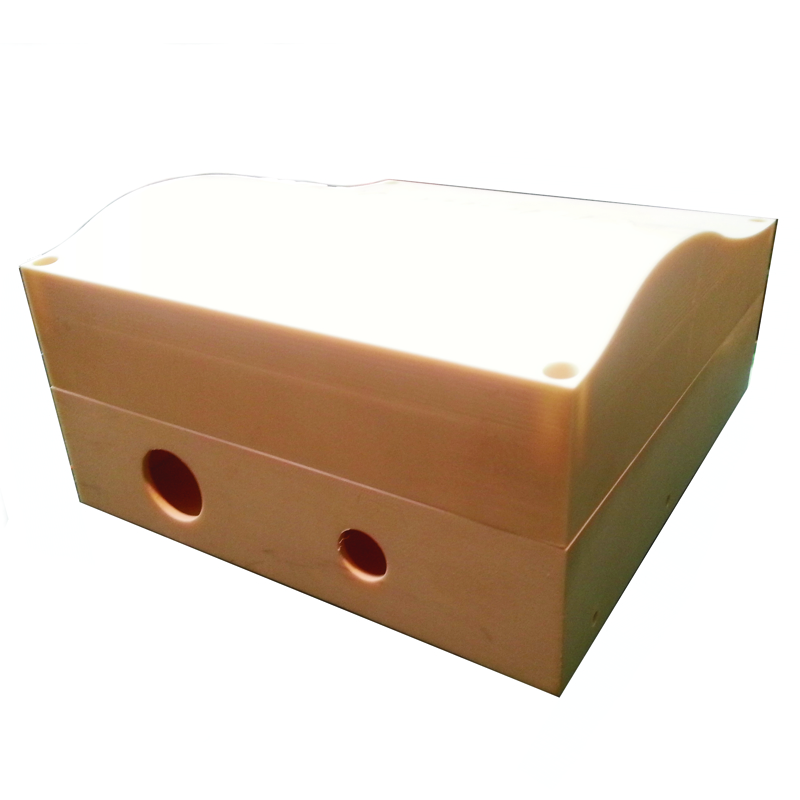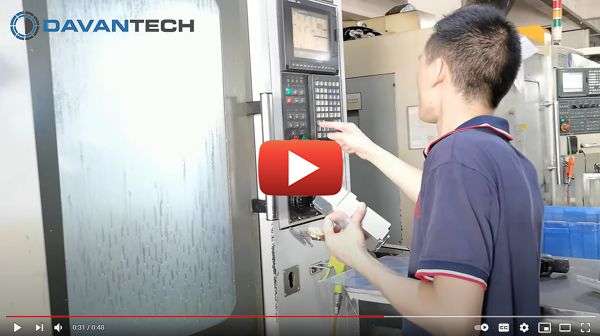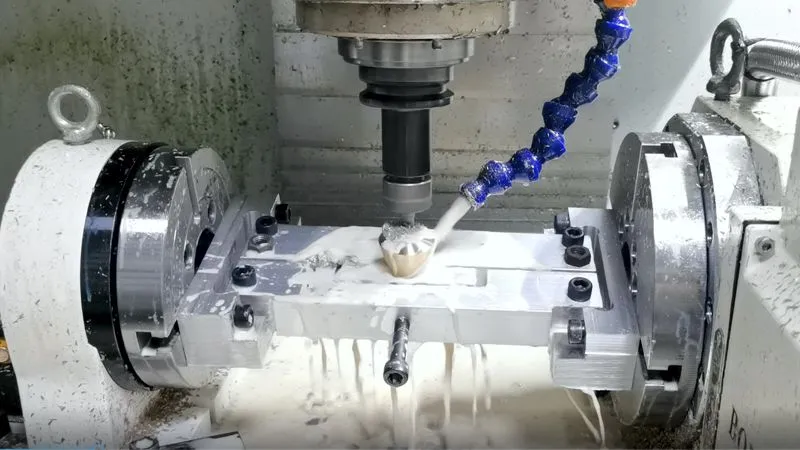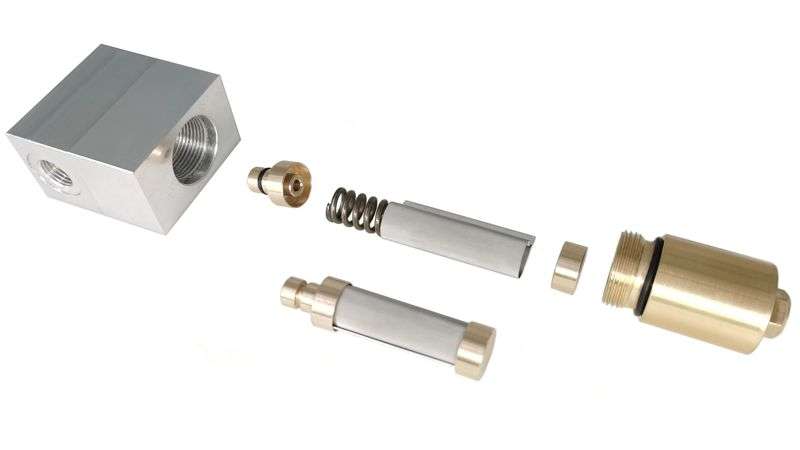Introduction
In today’s competitive manufacturing landscape, CNC milling machines have revolutionized precision machining, enabling the production of intricate parts with unmatched accuracy. Among the array of machining operations available, drilling and tapping stand as fundamental processes that find extensive use across industries like aerospace, automotive, and electronics. This comprehensive guide will delve into the intricacies of drilling and tapping on a 4-axis CNC milling machine, exploring the techniques, benefits, best practices, and essential tips to optimize these processes.
Chapter 1: Understanding CNC Milling and Its Axes
CNC milling, a subtractive manufacturing process, employs computer numerical control (CNC) to remove material from a workpiece, shaping it into the desired form. A 4-axis CNC milling machine boasts four axes: X, Y, Z, and an additional rotational axis (A-axis or B-axis). This rotational axis enhances machining capabilities, empowering manufacturers to craft complex parts with enhanced efficiency and flexibility.
Chapter 2: The Drilling Process on a 4-Axis CNC Milling Machine
Drilling serves as a foundational operation, creating holes in a workpiece. On a 4-axis CNC milling machine, the drilling process primarily utilizes the Z-axis and A/B-axis for precise tool positioning. The spindle, housing the cutting tool, rotates at high speeds, enabling accurate and consistent hole creation.
Advantages of Drilling on a 4-Axis CNC Milling Machine:
a) Precise Hole Placement: The CNC system’s unmatched precision ensures consistent hole placement, mitigating errors and ensuring proper alignment for downstream operations.
b) Multiple Hole Configurations: CNC milling machines can produce holes of various shapes and sizes, including blind holes, through-holes, and counterbores, facilitating diverse applications.
c) Improved Productivity: Automation in CNC machines significantly boosts drilling productivity, reducing cycle times, and enhancing overall efficiency in production.
Chapter 3: Tapping Process on a 4-Axis CNC Milling Machine
Tapping involves the creation of internal threads within a pre-drilled hole, a vital process for assembling components with threaded fasteners. On a 4-axis CNC milling machine, tapping is achieved by synchronizing the rotational axis (A/B-axis) with the spindle’s movement, resulting in accurate threads.
Advantages of Tapping on a 4-Axis CNC Milling Machine:
a) Consistent Thread Quality: CNC milling machines guarantee uniform thread quality, reducing the risk of stripped threads and enhancing the reliability of assembled parts.
b) Reduced Setup Time: The CNC system’s ability to store tool offsets and part programs streamlines setup processes, reducing changeover times and boosting productivity.
c) Complex Thread Designs: CNC milling machines allow for the creation of intricate thread patterns, including left-hand threads, multi-start threads, and custom thread profiles.
Chapter 4: Best Practices for Drilling and Tapping on a 4-Axis CNC Milling Machine
a) Material Selection: Choosing appropriate cutting tools and tool coatings based on the workpiece material optimizes tool life and machining performance.
b) Tool Path Optimization: Utilizing CAM (Computer-Aided Manufacturing) software generates efficient tool paths, minimizing unnecessary movements and reducing machining time.
c) Coolant and Lubrication: Implementing proper coolant and lubrication techniques prevents tool overheating and workpiece deformation, enhancing surface finish and extending tool life.
d) Workpiece Fixturing: Ensuring secure workpiece clamping and positioning prevents vibrations or deflections during drilling and tapping, which may lead to inaccuracies.
e) Tool Inspection and Maintenance: Regularly inspecting and maintaining cutting tools prevents premature wear and damage, ensuring consistent and reliable machining results.
Chapter 5: Common Challenges and Troubleshooting
a) Chip Evacuation: During drilling and tapping, chips may accumulate, leading to tool breakage or poor surface finishes. Implementing appropriate chip evacuation techniques and clearing strategies mitigates these issues.
b) Tapping Tool Breakage: Tapping may cause tool breakage due to excessive feed rates or incorrect tool alignment. Optimizing feed rates and ensuring proper tool alignment prevents this problem.
c) Workpiece Deflection: When machining large or slender workpieces, deflection may occur during drilling or tapping, affecting accuracy. Proper workholding techniques and support structures help reduce deflection.
Conclusion
Drilling and tapping on a 4-axis CNC milling machine are integral to producing high-precision components in various industries. By understanding the capabilities and best practices associated with these operations, manufacturers can achieve superior results, optimize production, and gain a competitive edge. Leveraging the advantages of CNC technology, optimizing tool paths, and implementing proper workpiece fixturing will contribute to efficient and accurate machining processes, propelling businesses towards success in the modern manufacturing landscape.
